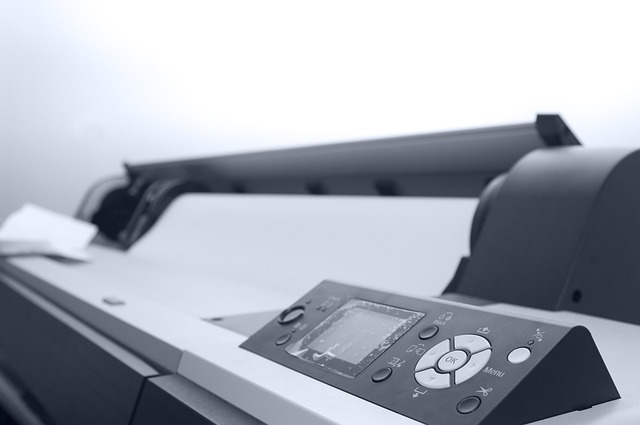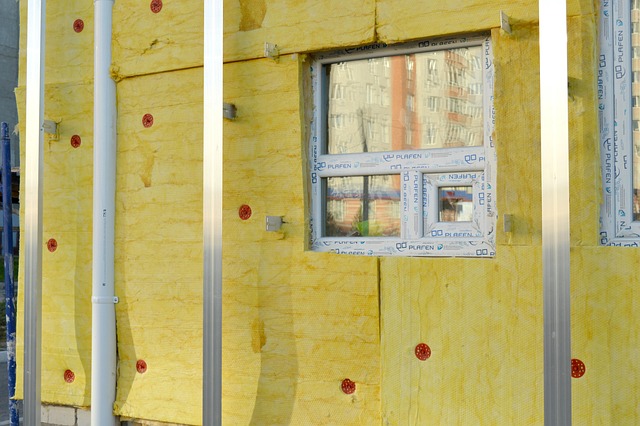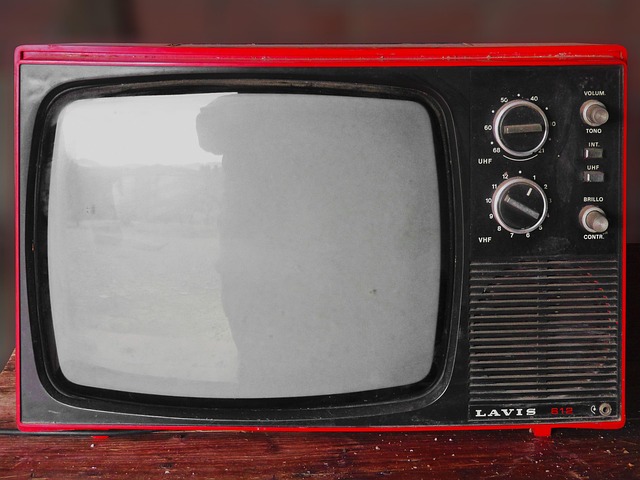The world of home entertainment is rapidly evolving, and so are the audio formats that accompany our favorite shows and movies. As technology advances, the interaction between sound and visuals is becoming more sophisticated, leading us toward a future where audio formats play a pivotal role in enhancing our viewing experience.
Television has transformed dramatically over the past few decades. We’ve moved from bulky CRT screens to sleek OLEDs and 4K displays, but the audio aspect often plays second fiddle in this transition. Yet, as many content creators are turning to immersive sound experiences, such as Dolby Atmos or DTS:X, it’s clear that audio formats are taking center stage alongside breathtaking visual technology. This fusion of audio and visual experiences creates a more holistic environment that pulls viewers deeper into the story.
Imagine watching an action movie where explosions seem to surround you, thanks to advanced audio formats that complement the stunning graphics on your monitor. High-definition and immersive audio formats are engineered to provide layered soundscapes. This synergy between audio and display technology is what sets the scene for the future of TV.
At the forefront of this revolution is enhanced visualization. TV manufacturers are continuously innovating their display technology to create screens that not only show remarkable colors and contrasts but also support these advanced audio formats. For instance, many modern TVs are equipped with built-in soundbars that leverage these formats to provide an enhanced audio experience that resonates with the visuals on the screen.
Additionally, monitor display technology is advancing in leaps and bounds. With the introduction of HDR (High Dynamic Range) and 120Hz refresh rates, the quality of the visual output is complemented beautifully when paired with sophisticated audio formats. The combination allows users to enjoy the peaks of bright scenes or the depths of shadows while also feeling the subtleties of audio cues around them.
As we move closer to the future, advancements in both audio formats and display technologies will likely include integrations with smart home systems, allowing for a seamless audio-visual experience. Imagine choosing a relaxing scene from your library that prompts your system to adjust lighting, temperature, and even sound dynamics based on the content you’re watching.
In a world where technology is pushing the boundaries of what we can experience at home, recognizing the importance of audio formats is essential. They are no longer just an accessory to visual storytelling but a fundamental aspect that enhances our engagement and emotional connection to the content. As we embrace this evolution, each step forward in audio and visualization technology will continue to redefine what it means to watch television.



